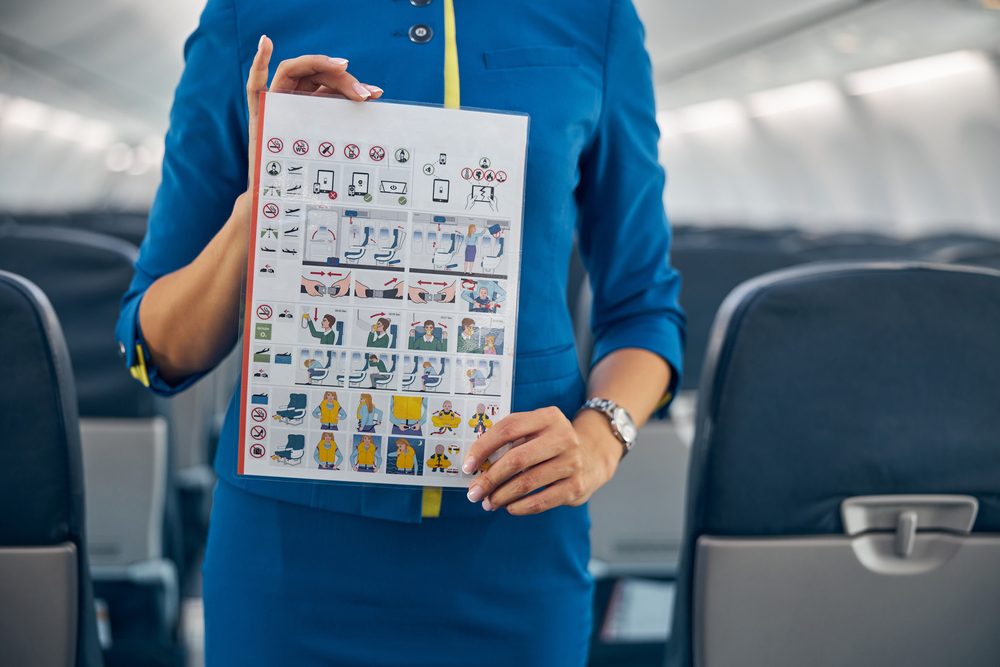Finance
The regulator as an industry…ally?

Before you grab your torches and pitchforks, hear me out.
In many industries, but especially in aviation, an excellent safety record is a competitive advantage. At High Reliability Organizations (HRO), such as airlines, safety is critical to the success of the organization. After all, a single accident, no matter how rare, can have a catastrophic outcome, both in terms of cost of life and liability. The primary, secondary and tertiary victims are not the ones who made the unsafe decision, but they must bear the brunt of the outcome.
Airlines, manufacturers and their union representatives spend millions of dollars annually researching and developing safety protocols and procedures. This is often supplemented with public sources such as military research, information released from regulatory investigations and government-funded research projects. Because effective safety protocols are so high on the list of things that impact the health of an organization, it would follow that they would be closely guarded industry secrets.
Except they’re not.
As the aviation industry becomes more technologically complex, the risks and consequences of safety system failures increase. Over the past century, safety science has evolved from linear blame-the-operator thinking to complex sociotechnical models that aim to identify both active and latent failures within an event. To reflect this growth, and to better meet its goal of ensuring the most efficient and safe airspace in the world, the Federal Aviation Administration (FAA) in 2015 changed its compliance philosophy from a strictly enforcement role to a collaborative role. in the field of safety between its sponsors. In achieving their goal, the FAA has made available to the aviation community several safety programs, some mandatory (such as internal safety management systems), others voluntary, to better improve safety culture, best practice sharing and data collection.
Industry participants, whether large commercial operators, general aviation providers such as private corporate flight departments or tour operators, or anywhere in between, have been quick to recognize the benefits of internal safety programs. Aviation safety thinking arose from the need for the civil aviation industry to meet public demand for services in the post-war years of WWI and WWII. Advances in technology, understanding of human factors and procedures were a direct result of accident investigation and increased infrastructure and research. Early safety processes focused on the outcome of an accident, but this reactive thinking often resulted in recommendations that addressed the specific active failure (what specifically went wrong), rather than what latent or underlying factors (what contributed to or aggravated until the failure) caused the failure. Internal safety programs have allowed organizations to capture safety-related information, standardize risk management processes, and proactively share resources related to identifying and mitigating hazards.
To assist the aviation community in developing safety programs, the FAA has issued Advisory Circulars (AC) that provide guidance for the development, implementation, and administration of safety programs. Trade associations and unions have also established standards for safety programs that, while voluntary, often become industry standards, sharing best practices and procedures and providing a clearinghouse for organizations facing similar hazards.
One of the most widely used safety programs is the FAA’s Aviation Safety Reporting System (ASRS). The crash of TWA Flight 514 on December 1, 1974 drew widespread attention to the need to collect safety information in its entirety and make it available to all parties. TWA Flight 514 struck a small mountain 25 miles from Dulles International Airport, killing everyone on board. The subsequent investigation revealed, among other things, unclear graphs and terminology when issuing the approach. United Airlines had had a similar accident six weeks earlier, narrowly avoiding the mountain, but their internal safety program flagged the error and sent corrective action to their crews; TWA did not have access to that information.
Even prior to the official National Transportation Safety Board (NTSB) probable cause review, the FAA identified the need for a national safety information program intended to collect, analyze, and disseminate information to users of the National Airspace System (NAS ), as well as identifying and mitigating hazards in the NAS. Currently, the ASRS is available to all users of the NAS to voluntarily and anonymously submit security-related information. Managed by NASA, a non-regulatory organization, information is anonymized and analyzed; NASA’s role is to facilitate information gathering because it ensures the non-punitive nature of submitting safety information in good faith, making the information more complete because submitters have no incentive to hide details.
Similar in practice to ASRS is the Aviation Safety Action Program (ASAP), which is made available to employee certificate holders (airlines, manufacturers, air traffic controllers, etc.) who voluntarily participate in the program. The purpose of ASAP is more limited in scope than the ASRS and is to provide employees of eligible entities with a means to bring safety-related information directly to an Event Resolution Committee, composed of representatives of the FAA, companies and labor unions, to identify accidents, unclear procedures or ineffective procedures. policy. Reporters receive similar protections to ASRS, and the information is aggregated to identify potential threats in the NAS.
Beginning in 2008, the FAA and their industry sponsors developed a biennial convention known as InfoShare, where airlines, unions and industry participants openly share safety-related information and discuss high-risk events. The primary purpose of these events is to share what information they have collected about the hazards they face, as well as best practices for mitigating identified hazards.
Sharing information on this scale had to happen organically. No amount of regulation could have accomplished this, but the collaboration facilitated by the regulator (once they realized blunt force didn’t work… go figure) allowed both the industry and the FAA to be more agile and proactive become punitive instead of punitive. and reactive. Perhaps other industries and agencies can learn a lesson (looking at you, healthcare, with your notoriously high accident rates and draconian research methods).
Dennis Murphy is a professional pilot with a background in aviation safety, accident investigation and causality. When he’s not flying 737s, he enjoys the company of his wife, their dogs, cats and bees.



